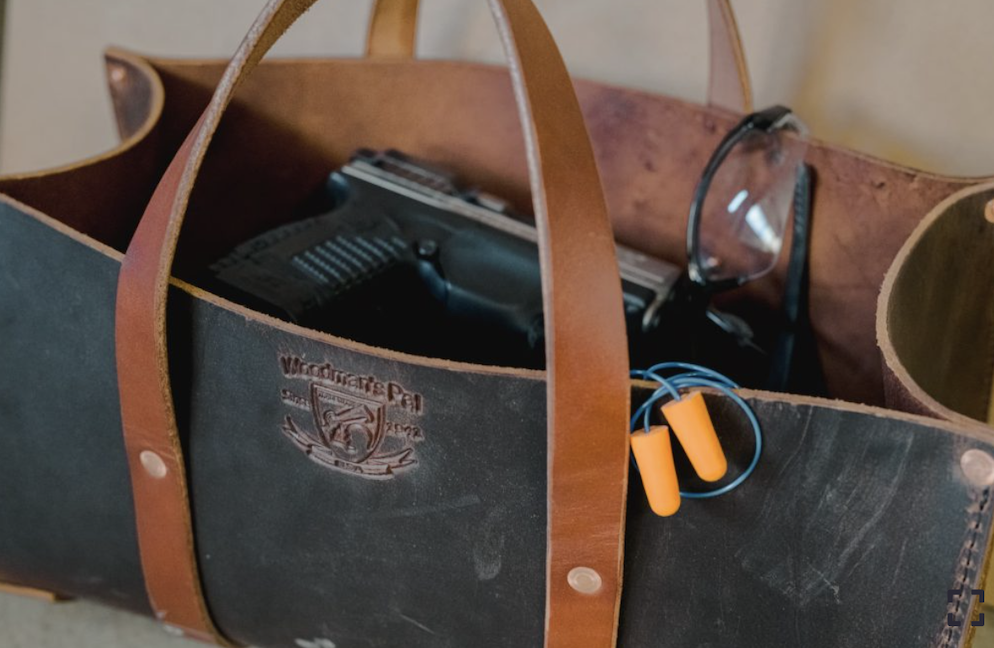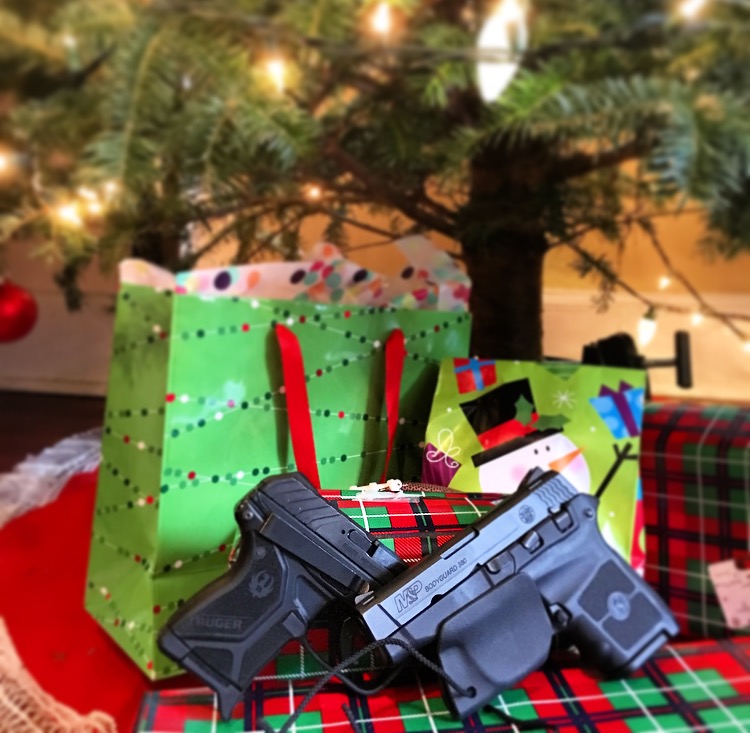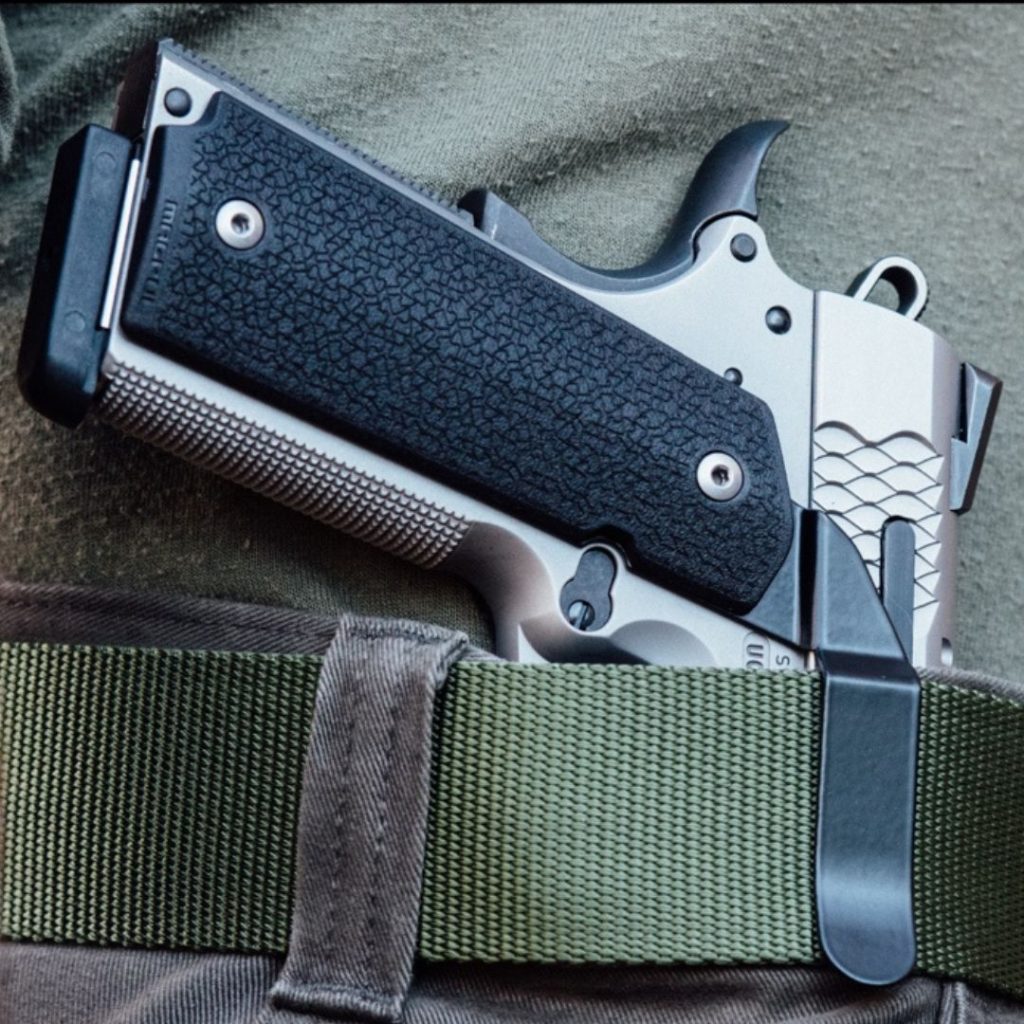Although carrying a concealed firearm is a right granted to us to enable us to feel safe, we must exercise this right responsibly. There are several practices you should always follow with concealed carry, and on the other hand, there are things that you should always avoid. By doing both, you will be a responsible citizen regarding concealed carry.
Here is a list of concealed carry 10 “do’s and don’ts” to get you started.
Do: Carry Your License With You At All Times
Unless you live in a Constitutional Carry state, your permit to carry a concealed firearm is required to remain within the limits of the law. Therefore, carry your permit with you at all times unless the laws in your state allow for permitless concealed carry. Furthermore, ensure you have a photo ID to verify your identity should the need arise.
Do: Know the Laws in the Areas You Are Carrying
Learn your state’s laws regarding carrying firearms before going out in public. Each state has its own laws about where you can and cannot carry, how you can carry, and whether you need a license or a permit to carry.
Federal laws apply to all states and prohibit carrying firearms into federal buildings, including:
- Post offices
- Courthouses
- Polling stations
- Law enforcement offices
- Jails
Otter examples of places where carrying a concealed firearm is prohibited include:
- School zones
- State & national parks
- Airports
Taking the time to familiarize yourself with these restrictions will be time well spent.
Sometimes there are numerous rules. For example, it’s illegal to carry a gun in establishments that sell alcohol in some states. In other states, it’s even more nuanced. For instance, it’s illegal to carry a firearm into an establishment that receives 51% or more of its revenue through alcohol sales in Texas. However, in Texas, the good news is that these businesses are required to post signage.
Do: Practice & Perfect Your Draw Stroke
If you’re new to concealed carrying, practicing and perfecting your holster draw is one of the most important tips. In a life-threatening situation, split seconds could be the difference between life and death. Too many firearm owners skip going to the range to practice self-defense shooting accuracy.
Equally troubling are people who carry a concealed firearm but fail to practice un-holstering their firearm. If you’re planning to carry a gun, you need to practice your draw stroke. However, you don’t need to practice this exclusively at the range. Practicing your holster draw in private at home with an unloaded firearm can make you more effective. Whether you use live ammunition or simply practice at home, you need to ensure you follow the firearm safety rules. Additionally, take some trips to the shooting range and practice drawing and actually firing your gun as you would in a life-threatening situation.
Do: Know How to Dress for Concealed Carry
Make sure that you are wearing comfortable clothing, that you can access your firearm quickly, and that your firearm is covered and concealed correctly and completely. It is prohibited for a gun to be visible in some states — even an imprint of a gun underneath your clothing is not permitted.
The ideal clothing for concealed carrying will depend on your weapon of choice (and your fashion preferences). But in general, a long shirt or jacket covering the gun without hugging too tightly to avoid printing works best.
Do: Holster With a Clipdraw Gun Clip for Minimal Printing
Whether you’re are a beginner or a long-time permit holder, finding a practical holstering method is crucial. Clipdraw’s wide range of gun clips for various brands and models provides a great alternative to traditional holsters, making it difficult to minimize printing. Get a Clipdraw Gun Clip for your weapon of choice today!
While there are a number of concealed carry best practices to be aware of, you should be equally aware of things not to do. Here are five things you should never do while concealed carrying.
Don’t: Draw Your Gun Unless You Intend to Use it
If you draw your gun, be prepared to fire — never simply flash your firearm in an attempt to de-escalate a situation with an attacker. The only way to diminish a situation where someone is jeopardizing you or an innocent bystander is to offset the attacker. Simply put, once you draw your gun, you must be ready to fire at the attacker without hesitation.
Don’t: Adjust or Reposition Your Holster in Public
Even if you’re making just a slight adjustment, a bystander (or even a law enforcement officer) may notice you reaching for the gun holster and think you are preparing to draw and fire the weapon. To avoid confusion, refrain from making any adjustments to your holster in public. If you absolutely must adjust your holster, go somewhere private such as your car, a single-person bathroom, or better yet, go home if possible!
Don’t: Carry While Consuming Alcohol
You may be wondering if you can carry when you go out to dinner and want to have a glass of wine, a beer, or a mixed drink. States fall into four categories. They either:
- Don’t have a state law that addresses this issue
- Ban all consumption
- Ban carrying when intoxicated or under the influence
- Ban carrying while consuming and when intoxicated or under the influence
Also, definitions of what is considered intoxicated or under the influence vary from state to state. Regardless of the laws in your state, it’s best to avoid guns altogether while under the influence of any substance.
Don’t: Make it Obvious That You Are Carrying
As long as you are concealing properly, one of the advantages of carrying a concealed firearm is that you can take a criminal by surprise. If it’s evident that you are carrying, you lose the element of surprise and may even become a target for a potential attacker. To prevent ‘printing,’ you must dress appropriately and choose a small enough gun to work with your wardrobe. Additionally, you’ll want a minimalistic holstering method.
Don’t: Conceal Carry Without a Holster
A holster provides a way for you to secure your firearm, and more importantly, acts as a trigger guard. Unintentional or accidental discharges, while not frequent occurrences, can happen. If pedestrians are present, it’s a recipe for disaster.
The legality of concealed carrying a gun without a holster varies from state to state. In some instances, it’s perfectly legal to carry concealed without a holster; however, it’s never a good idea to do so. Safety is the primary and most important reason you shouldn’t carry a weapon without a holster. Concealed carrying without a holster is dangerous not only to yourself but in certain situations to those around you as well.
How is Clipdraw different?
The purpose of a holster is to provide ready access to your firearm in a situation where security and protection are needed. The Clipdraw is an alternative to traditional concealed carry holsters because it directly attaches to the pistol. You can install it on Glocks, Springfield XDS, M&P Shield, Ruger LCP, Model 1911, Smith & Wesson J-Frame revolver, and other traditional handguns and revolvers.
Get a Clipdraw Gun Clip for your weapon of choice today!


